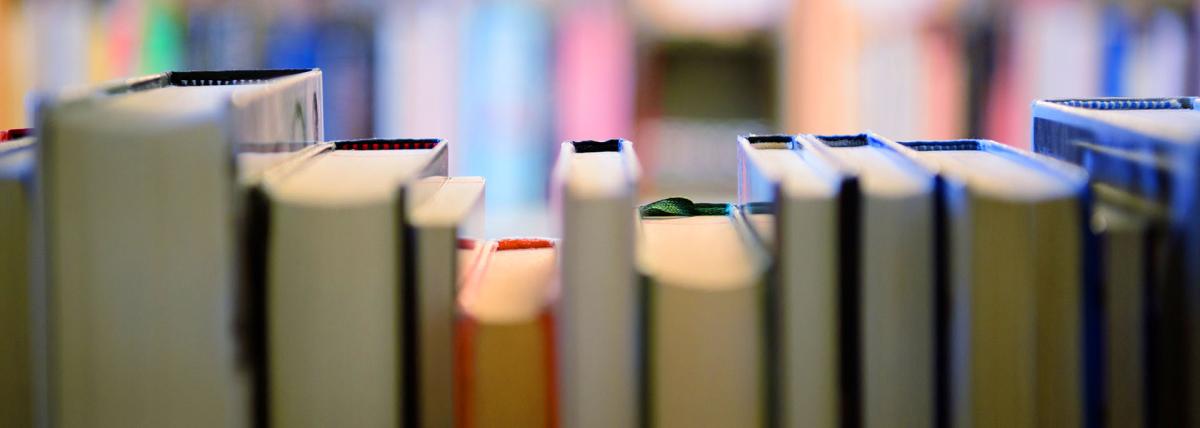Design a helicopter out of paper only. Students will explore design and paper types.
You've crash-landed on an alien planet and must find a way to survive with the help of native flora and fauna. Students will document alien life-forms in a field journal and use that information to
With this introductory lesson on Newton's Laws, student will have the opportunity to understand and explain Newton's 3 laws through a hands-on experience. This is an excellent way to introduce physics
This lesson allows students to create their own ecosystem to gain a better understanding of how each part works with each other and why they are so important. They will show proficiency when they
In this lesson, students will be introduced to the phenomenon of paper/air pressure rocketry. Students will make a memorable and hands-on connection with the transfer of energy when they create and
Could Iron Man actually survive a superhero landing? In this lesson, students follow the engineering design process to create a "suit" for an egg to protect it from being dropped on the ground. They
When Res is hurling towards Mars, he needs a parachute that will help him land safely. Can you design a parachute that will help Res land safely on Mars? Students will design a parachute using coffee
It's 3D printing time! In this lesson, students will design a creation all on their own and input their design into a 3D printing program. They will then print their creations and become a maker!
Collaboratively, students will make a 3D-model of their chosen Arizona biome. Their model must show the different interrelationships between biotic and abiotic factors. After project making, students
This project encourages students to be more knowledgeable on the beauty and natural resources of the Grand Canyon State, Arizona, by creating informative posters and hosting a classroom gallery walk
In this lesson, students will conduct an investigation to see how temperature can affect the state of matter.
This is a culminating project for the end of a Space Science unit. Students will each research a unique star, then work in a group to research the constellation of their star. In groups, students will
This is the 3rd part of the lesson series where students will determine the thrust and stability of their water bottle rockets to answer their essential question: Using the Design Process how can we
Exploring chemical reactions is highly engaging for the students if taught in a student-centered lesson. This lesson was inspired by the activity of 6th-Grade Amplify Science, Exploring Chemical
Understanding and studying energy transfer produced by molecules collisions can be difficult and abstract for them. To make it easier for them to visualize, creating a Newton's Cradle will help them
Students will design a balloon rocket. They will then create a fish line track for the rocket to follow. The track will be able to me modified to test different angles of ascent. This will allow
Students will create a flying machine that will hold a pilot, travel down a zipline, and meet other constraints. This is paired with the book Rosie Revere, Engineer or can be used as a fun intro to
Students will create a scary monster that meets criteria and then present their monsters to their peers. You can use this with the book "I Need My Monster" or other themed books. You can also add in
In this hands-on lesson, students explore designing bridge prototypes with spaghetti to find weak points and redesign a new prototype. This is the 2nd lesson in a series of 3.
Featured Lesson Plans
Check out these notable lesson plans.

Makey Makey Storyboards

Sphero Rocket Payload Mission



